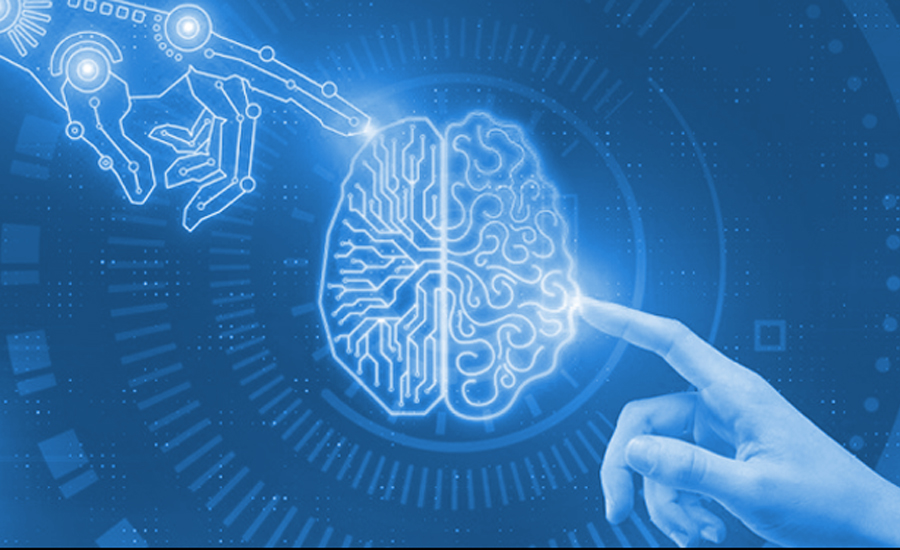RPA vs AI – Differences you need to know
RPA or Robotic Process Automation is a technology or process that works by making a software bot copy human actions. This may sound similar to Artificial Intelligence, and it should as RPA is a part of AI as a whole, but if you look at their exact definitions and their roles you would see how RPA and AI differ from each other.
What is robotic process automation?
RPA is an automation process that works by mimicking or copying human actions concerning a particular task. The software bot is fed with data that allows it to copy a human task in an automated or robotic way. Structured and systematic data input powers RPA to complete repetitive and continuous tasks at a defined time.
In simpler words, Robotic Process Automation means the automation of any repetitive task by taking it off the manual mode. Enterprises that are leaning on RPA as a key tool also call it a digital employee. RPA assists a business with repetitive and low-level tasks that consumes manual efforts, thus saving time and diverting resources to more pressing areas.
What is Artificial intelligence?
While RPA mimics human actions, AI or Artificial intelligence is a system that allows a computer or machine to copy or mimic human intelligence. Any computer or machine powered by AI software can reciprocate by copying human actions with its intellectual abilities and the ability to make decisions. Unlike RPA, AI works whether the data input is structured or unstructured and reacts according to its decision-making ability.
AI differs from RPA in a lot of ways but one basic difference or baseline is that RPA works on rule-based and defined structure tasks, whereas AI can execute important decision-making tasks without prefixed rules. Most of the Artificial intelligence or AI tasks depend on data fed, but the actions are purely the result of its ability to respond and act with human intelligence.
Examples of RPA and AI
RPA, as suggested above, is perfect for tasks that do not involve improvisation or judgments, such as application logging, data copy or data transfer or data scraping or automatic connection to APIs. Enterprises or industries looking to cut down the repetitive manual tasks can rely or are relying on Robotic Process Automation to meet their data collection, data transfer and data processing needs. Insurance companies, Banks or Financial sectors and even the Telecom industry are opting for RPA services.
AI can be best seen in the latest AI-powered tools or applications like Alexa, Siri and other IoT devices. When Siri replies to you on your iPhone its responses and decisions are simulated by its ability to act intellectually and intelligently using the data intake.
There is no defined use of AI; AI automation is present in all RPA processes and machine learning and IOT, etc. AI is the mother ship with every other automation process being a part of it. Industries and organizations seeking more complex and analysis-based software support turn to AI. Areas like forecasting tax, planning logistics, recommendation-based actions, inventory management and product optimization make the most out of AI.
Key differences between RPA and AI
Thinking vs Doing – Artificial Intelligence is a smart technology and just like a human, it can think, make a decision or make judgments according to using a thinking process. AI thinks and responds using the data, trends, analysis, patterns and other information intakes. On the other hand, RPA or Robotic Process Automation follows defined human actions or rules to perform fixed tasks. RPA works by doing a rule-based task using the given data.
Process Centric vs Data Centric – Considering that RPA or Robotic Process Automation gets the work done by following a defined process or rule, it is a process-centric automation system that focuses on a process of performing a structured task with no intelligent or decision-based deviation. Meanwhile, AI or Artificial Intelligence is largely data-centric and works based n the data given to it. AI can train itself for decision-making and performing a task based on the data, structured or unstructured. It uses analyses and algorithms to do things or take action.

